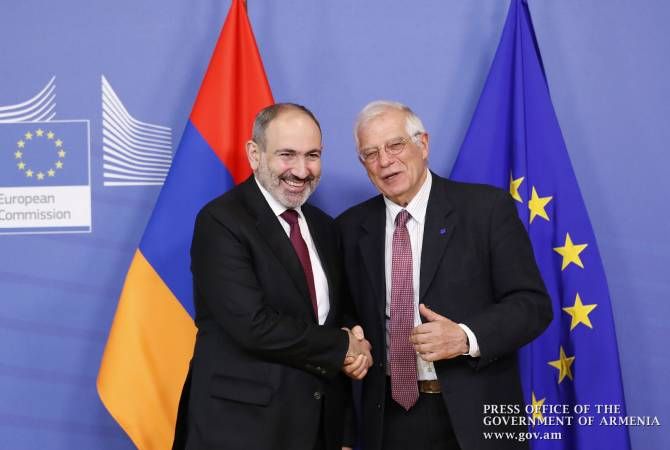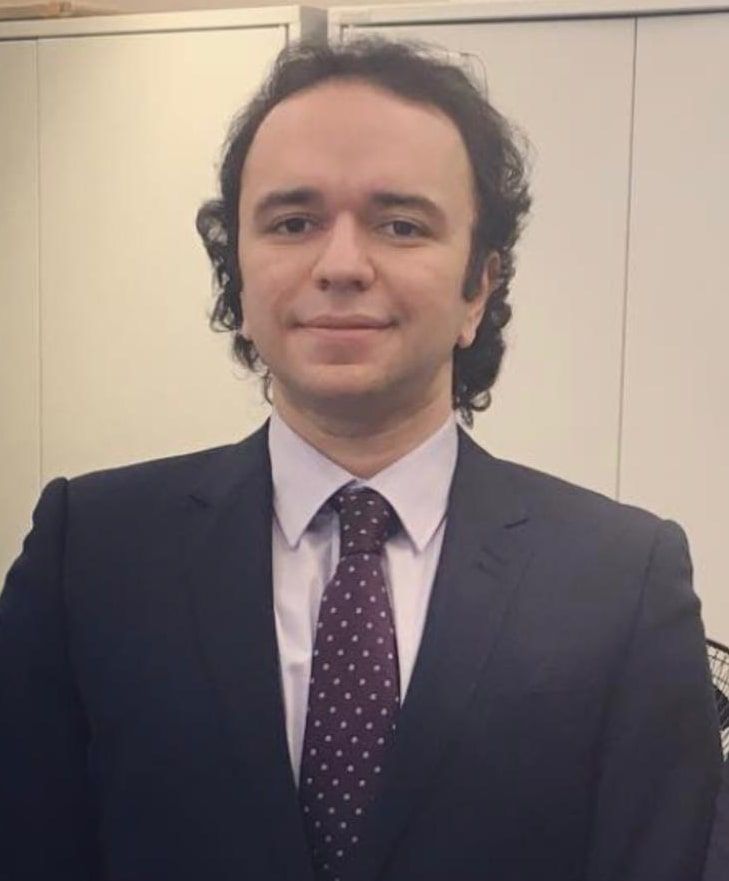New EU civilian mission in Armenia expected to sail into uncharted waters of geopolitical maelstrom

Brevity may be the soul of wit, but it is not readily applicable in relation to everything that one may need to dwell upon, particularly when what one should contemplate is deeply vague, with a dearth of factual gist providing the scope for uninhibited assumptions to cloud one’s mind. In some ways, this is the case regarding the EU’s new civilian mission to be deployed in Armenia, set forlornly amidst the latter’s ongoing troubles with Azerbaijan and Russia’s gradually, but not swiftly, fading influence in the South Caucasus.
It had long been presumed that, upon the completion of the mandate of the European Union Monitoring Capacity to Armenia (EUMCAP), which was established pursuant to the 6 October Prague meeting, thereafter becoming operational on 20 October, following the Council’s 17 October decision, a new arrangement would be made to switch to a more permanent framework.
In this sense, it came as no surprise that, on 19 December, Brussels, via an accord with Yerevan, agreed on the deployment of a transitional planning assistance team in Armenia with the purpose of entrenching a possible civilian Common Security and Defence Policy (CSDP) mission subsequently.
What we know today is that the human and technical resources of the existing EU Monitoring Mission in Georgia (EUMM Georgia) have already been redirected to Armenia to facilitate the process, the declared aim being “the enhancement of the EU’s awareness of the security situation” and the contribution to the emergence of a new structural involvement along the lines of “an EUMM Armenia” arrangement.
The mission will be of a civilian nature. The information provided by the Council states that “the transitional planning assistance team is also expected to support the President of the European Council, Charles Michel, in the EU-facilitated normalisation process between Armenia and Azerbaijan”.
Although the bulk of its duties are to be related to monitoring the conditional Azerbaijani-Armenian state border, whilst remaining stationed on Armenian territory, there is no recorded agreement with Baku, which raises a panoply of question marks about the sufficiency of means available for the mission to pursue its purported objectives.
With the information on the subject being scant and the exact contours of the future mission being shrouded in relative obscurity, it happens to be difficult to ascertain as to what bearing it will have on the ongoing Azerbaijani-Armenian peace process. What is more or less certain is that the prospective arrangement is likely to be a significant move in enhancing the EU’s presence in Armenia, with subsequent consequences for Russian clout.
The Kremlin has long been candid in expressing its disdain for Brussels' proactive steps, both in the context of Baku-Yerevan dynamics and, specifically, in relation to what could be defined as the EU’s increasing footprint in Armenia, helped by Prime Minister Nikol Pashinyan’s repeatedly mynah-birdlike pro-Western exhortations. It remains to be seen how the increasingly volatile Yerevan-Moscow discourse will affect the balance within the triangle involving the signatories of the 10 November 2020 ceasefire declaration, namely Azerbaijan, Armenia and Russia.
Back to the question as to the duties of the new contingent. It would behove one to recall the circumstances involving the two-month temporary monitoring mission that has now been terminated. On 6 October, in a quadrilateral meeting of Azerbaijani, Armenian, French and EU leaders, it was agreed, amongst other decisions, that a civilian mission was to be deployed in Armenia, alongside the border with Azerbaijan, with the latter agreeing “to cooperate with the mission as far as it was concerned”.
As per the consensus achieved at that very convocation, the mission’s mandate was defined within the scope of “building confidence, and, through its reports, contributing to the border commission”, in an evident reference to the bilateral mechanism, set up within the Brussels and Moscow formats and tasked with working on border delimitation and demarcation issues.
Later, on 17 October, the Council visibly enlarged the mission’s agreed mandate, authorising it to “monitoring, analysing and reporting on the situation on the ground”, not solely with the objective of assisting the border commission, but well beyond this scope.
This did not go unheeded by Baku, which made its dissatisfaction known, albeit not in a tone of indignation, but that of measured displeasure, regarding such an extended purview as militating against the original agreement.
The Armenian reaction was one of jubilation, for it was Pashinyan’s concerns of perceived territorial retrenchment after the 13-14 September border escalations and French involvement in persuading the EU to set up such a mission that had been the triggers for the deployment. For Yerevan, the EU’s interest, exemplified via its on-ground civilian presence, was the gratification of the saccharine mawkishness which the Armenian PM displayed at the UN on 22 September, where he expostulated at length on the alleged mortal danger facing his nation after the recent border skirmishes.
Very little is known as to what has been accomplished by the two-month monitoring, comprising 40 experts, save for the fact that 175 patrols were conducted in the designated territory which, according to the EU, has contributed towards the ultimate goal of achieving sustainable peace in the South Caucasus by building confidence in this unstable region.
If the mission deployed on 19 October, despite its belatedly enlarged mandate, which was not strictly agreed with Baku, still had the 6 October Prague agreement at its premise, the probable CSDP mission appears to be designed to be of a purely bilateral nature, involving the EU and Armenia, with no registered agreement having been reached with Baku.
Its role in the realm of Brussels-Yerevan dynamics and, from the perspective of Armenia’s disgruntlement over what it believes to be blatant Russian inaction in the face of “Azerbaijani threats”, can be assumed. What cannot be envisaged, however, is how the mission, with no clearly understood and formulated cooperation with Baku, will carry out its aims pertaining to the central element of its presently vague and evolving mandate – assisting in achieving sustainable peace between the two nations by contributing to the security along the border.
Neil Watson, British Journalist, was filled with despondency: “The EU track has been seen to replace that of the waning Kremlin, and achieved some traction. However, this latest development has seen one pro-Armenian entity (the EU) replace that of another (Russia), albeit without the same degree of inherent historic self-interest. The EU needs the buy-in from both Armenia and Azerbaijan to make this mission work. Without this, the mission members are charging at full speed into a cul-de-sac.”
---
Follow us on Twitter @AzerNewsAz
Here we are to serve you with news right now. It does not cost much, but worth your attention.
Choose to support open, independent, quality journalism and subscribe on a monthly basis.
By subscribing to our online newspaper, you can have full digital access to all news, analysis, and much more.
You can also follow AzerNEWS on Twitter @AzerNewsAz or Facebook @AzerNewsNewspaper
Thank you!

